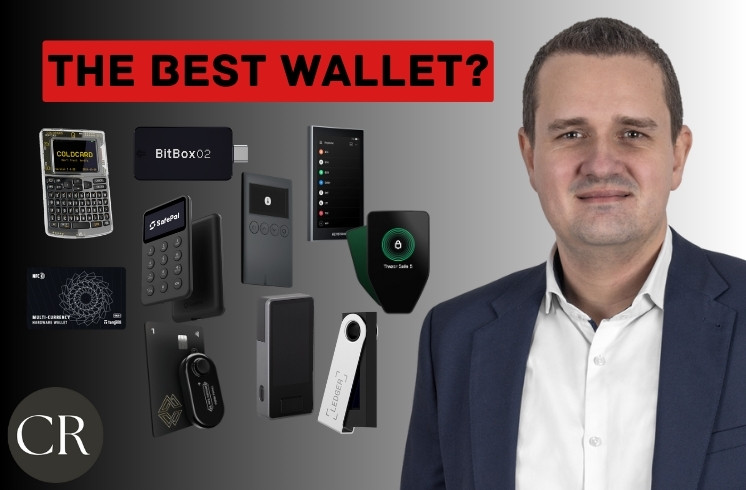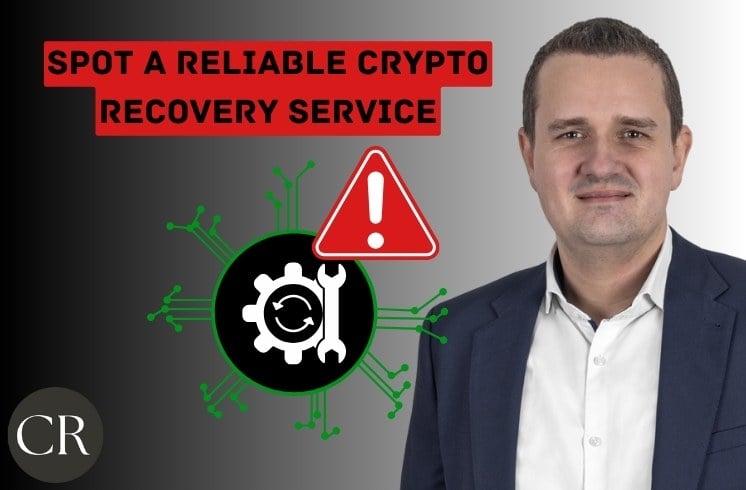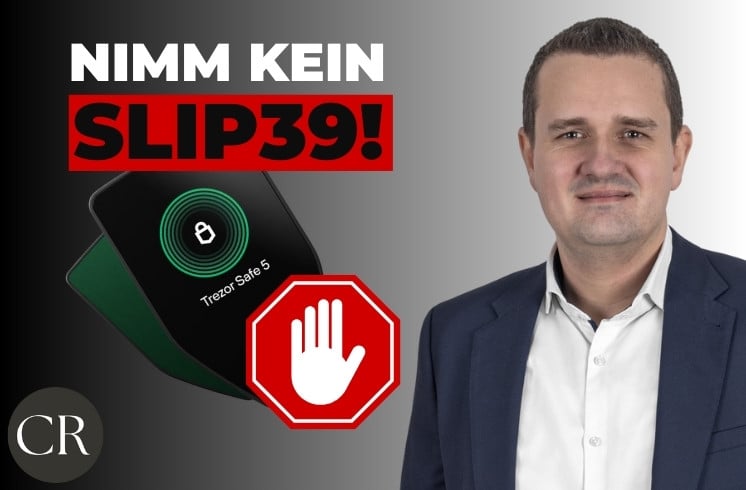Every investor in Bitcoin and cryptocurrencies starts small. Most have the goal of ending up with more “money” or increasing their purchasing power. I have been an active crypto investor myself since 2014 and have gained valuable experience over the past few years. The mistakes are particularly interesting for becoming even more successful in the future. The mistakes only become visible afterwards, which is why I would like to share my 5 biggest mistakes as a crypto investor in this article.

FOMO (Fear Of Missing Out)
Fomo stands for Fear Of Missing Out. The “
Especially in a bull market, I have often found myself throwing my investment strategy overboard and spontaneously buying certain crypto assets on impulse.
My tip: Always make an investment strategy BEFORE the bull market, write it down so that you can refer back to it in FOMO phases.
Invested in altcoins?
I first heard about alternative cryptocurrencies besides Bitcoin in 2015. Many of the projects have now completely disappeared. A few, such as Ethereum, Litecoin or Dogecoin, are still around today. In 2016, I read the Ethereum white paper and yellow paper and was thrilled. But I don’t just invest in ETH via the best and cheapest crypto exchanges but when I realized that altcoins outperform Bitcoin – at least temporarily – I also invested in many other altcoins.

Often randomly and without a plan. Back then, you still had to use BTC directly to invest in altcoins. There were no direct EUR trading markets like today. Therefore, it was very easy to see whether an altcoin investment in the BTC trading pair would outperform or not.
Only very few of the altcoin projects I invested in managed to outperform – and then only for a short period of time when it was absolutely necessary to sell. Overall, it would have been smarter to simply keep everything in BTC. It was very unlikely that altcoins would outperform Bitcoin, and this was associated with a high time investment and only possible over a short period of time.
My tip: Bitcoin and Chill
Bitcoin used as a means of payment
As a bitcoiner and enthusiast, my initial goal was not necessarily to increase my purchasing power with Bitcoin, but simply to try it out to understand it. Over the years, I have therefore repeatedly used BTC to buy digital and physical things. From a Bitcoin investor’s perspective, this was obviously not ideal, as a pizza I bought for around €15 in early 2017 was by far the most expensive pizza I’ve ever bought. There are numerous other examples where I am annoyed in retrospect.
However, you don’t have to see it as black or white. I have probably made a small contribution to the spread of Bitcoin and thus passively increased the value of my remaining BTC.
My tip: Individually, my influence is very small and it would have been better to simply hodl BTC.
Investing from a tax perspective
The tax situation varies from country to country. However, in Germany, where I am based for tax purposes, the situation for long-term crypto investors is quite good. I am talking about the 1-year holding period. If you hold an asset for less than a year, gains must be taxed, but losses can also be offset. After one year, the tax aspects of gains and losses expire for private individuals.
It is therefore quite attractive to wait a year to realize potential profits tax-free. However, for many altcoin projects in particular, one year is a long time and you have to make the “jump” in good time.
Unfortunately, this point was often an obstacle to investing in a project at all or to realizing profits. By waiting for the one-year period to expire, book profits were often lost and, in the worst case, it was no longer possible to offset losses.
My key learning here is to take profits when it makes sense from an investor’s point of view. It is better to pay taxes on profits than not to make any profits at all.
In love with a crypto project
Most altcoin projects consist of the following building blocks.
- A founding team
- A white paper describing the future, mostly technological, improvements and features and the milestones for achieving the goals
- A token or coin that provides some form of incentive to use the blockchain or platform
- A community that has an interest in the platform or token being used. Mostly investors, but also developers or miners
When I invested in a project, I researched the whitepaper and the founding team, because unlike with Bitcoin, a lot depends on the initiators and the community with altcoin projects. If the founding team loses interest or has made enough money, the project often dies.
Inevitably, you often meet like-minded investors in such a community who have the same investment goal as you. If you exchange ideas in such a community in order to find out more about the project – and this is often the only “easy” way – then you will hardly encounter any criticism, because the incentives are such that community members speak positively about the project.
In such a scenario, you often “fall in love” with a project. “I found the project very early on and am convinced of it” were sentences I told myself. Here, I reviewed my investment thesis for the crypto project far too rarely. As a result, I got stuck in an investment for far too long, even though it had been “dead” for a long time. With a proper DCA OUT and cashout strategy this would probably not have happened to me.
My learning here is that I take a much more rational approach to investing in crypto projects.

About Marco Schneekluth
Marco Schneekluth is a bitcoiner, blockchain enthusiast and founder of kryptokenner.de . Since 2014, he has been intensively involved with Bitcoin, altcoins, secure storage using hardware wallets and sustainable security concepts. His in-depth expertise is based on years of practical experience and his academic thesis on “The blockchain. A comparison between Bitcoin and Ethereum”.





